 Carter Horsley
Carter HorsleyDec 23, 2011
Carter's Review
One of the more monumental edifices along Riverside Drive, this elegant, 16-story prewar co-op at 173-175 Riverside Drive occupies an entire blockfront between 89th and 90th Streets with entrances on both side-streets. It is perfectly situated across from one of the most beautiful sections of Riverside Park.
It was erected in 1926 and has 167 apartments. Amenities include a 24-hour doorman, live-in super, children's playroom, recreation/game room, gym, laundry, and storage (not included).
It was designed by J. E. R. Carpenter.
Bottom Line
A large pre-war designed by J. E. R. Carpenter with a slight curve on Riverside Drive across from the Soldiers’ and Sailors’ Monument and some unusual layouts included one unit with large terraces on two sides of the living room.
Description
The building has a three-story limestone base and a beige-brick façade. The ground-floor, 4th and top-floor windows have arched elements above the windows and the building has bandcourses above the third and top floors. There is a balustraded roofline and the façade has limestone quoins and sidewalk landscaping.
A handsome entrance surround is flanked by pairs of fluted Corinthian pilasters.
The building is across form the Soldiers and Sailors Monument that was designed by Stoughton & Stoughton with Paul Emile Marie Duboy and based on the Choragic Monument of Lysicrates in Athens.
The building is a landmark and has an "English-style" garden with a fountain as well as a bicycle room, a recreation room, a playroom, storage rooms and a fitness center. Mail is delivered to each apartment.
Amenities
The building has a doorman, a children’s playroom, a live-in super, a gym and a laundry.
Apartments
The original floor plan for an 11th floor four-bedroom unit had a 26-foot-wide entrance gallery that lead to a 25-foot-long living room with an electric fireplace, a 22-foot-long study, a 22-foot-long dining room next to a 12-foot-wide pantry and a 17-foot-long kitchen, a 13-foot-long servants’ hall and two maid’s rooms.
Penthouse 16F is a three-bedroom unit with a 10-foot-long entry foyer that leads to a 24-foot-square living room with 96-foot-long, angled terrace on one side and a 25-foot-long, angled terrace on the other side and is next to a 16-foot-long dining room next to a 20-foot-long kitchen. Two of the bedrooms has small sun rooms.
Apartment 7H is a three-bedroom unit with a 15-foot-long entrance gallery that leads to a 24-foot-long living room with a fireplace and an 18-foot-long dining room next to a pantry and kitchen and a 10-foot-long maid’s room.
Apartment 3N is a two-bedroom unit with a 19-foot-long entrance gallery next to a 21-foot-long living room and a 21-foot-long dining room next to an angled, 17-foot-long kitchen.
Apartment 4E is a two-bedroom unit with a 13-foot-long entry foyer that leads to a 25-foot-long living/dining room in one direction and a 15-foot-long, eat-in kitchen in the other. There is also a 9-foot-long office.
Apartment 1X is a one-bedroom unit with an entry foyer that leads past a 17-foot-long kitchen to a 24-foot-long living room with a wood-burning fireplace.
History
According to Andrew Alpern, “the land for this building had been brought in 1921 by Francis Paterno, who in turn sold it to” Anthony Campagna and it “had been site of two important houses: the 1900 neo-Georgian Clark-Potter mansion designed by Ernest Flagg, and the1887 turreted rough-stone pile of Cyrus Clark.’
In his very fine book, “The New York Apartment houses of Rosario Candela and James Carpenter,” Mr. Alpern noted that “originally specifications called for the penthouse to be quarters for the resident superintendent and janitor,” adding that the building’s Gothic-inspired ornamentation, proportions and chamfered corner give it an appearance that bears an uneasy similarity to Rosario Candela’s apartment house at 47 Plaza Street in Park Slope, Brooklyn.”
Location
The building is across 89th Street from the very handsome red-brick former Isaac L. Rice mansion that was erected in 1903 and bought by Solomon Schinasi in 1907 who sold it to Yeshiva Chofetz Chaim (later Yeshiva Ketana).
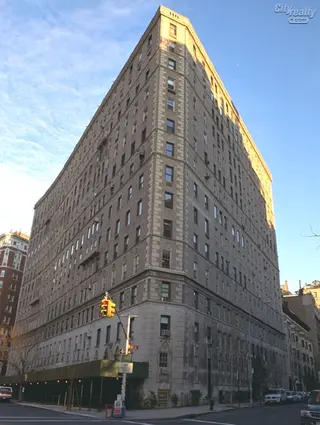
- Co-op built in 1926
- Converted in 1968
- 2 apartments currently for sale ($2.25M to $3.3M)
- Located in Riverside Dr./West End Ave.
- 167 total apartments 167 total apartments
- 10 recent sales ($455K to $6.1M)
- Doorman
- Pets Allowed
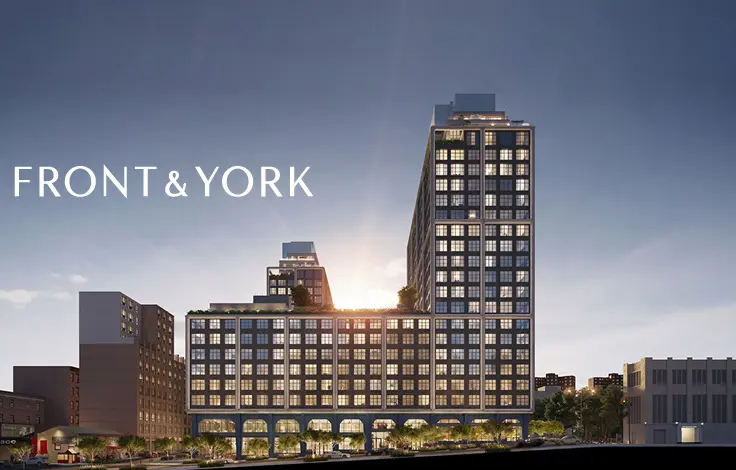
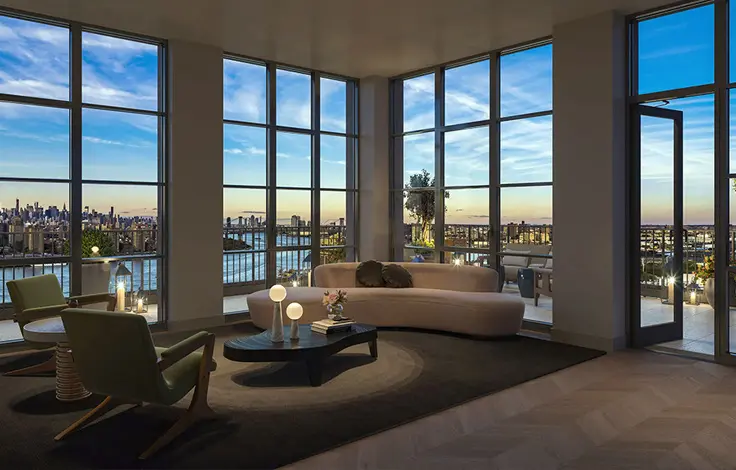

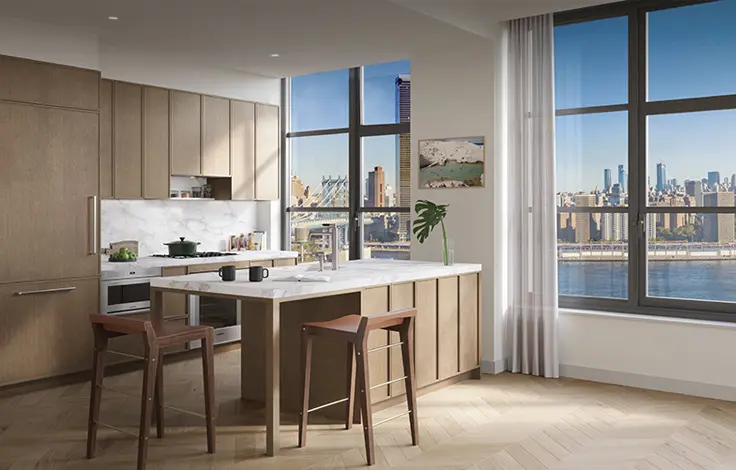
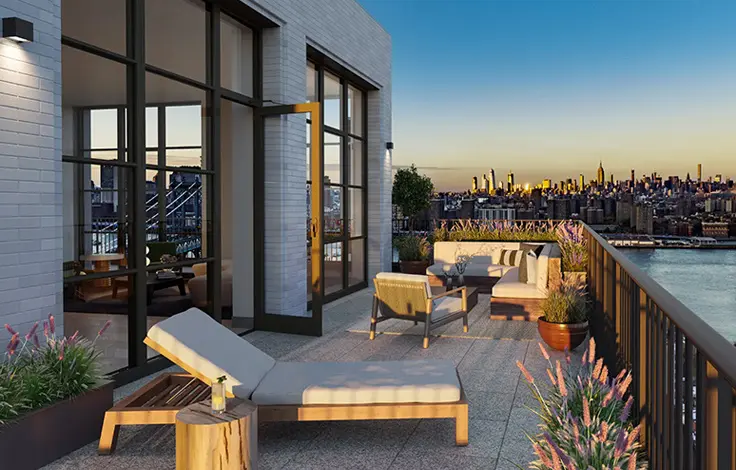
 6sqft delivers the latest on real estate, architecture, and design, straight from New York City.
6sqft delivers the latest on real estate, architecture, and design, straight from New York City.
